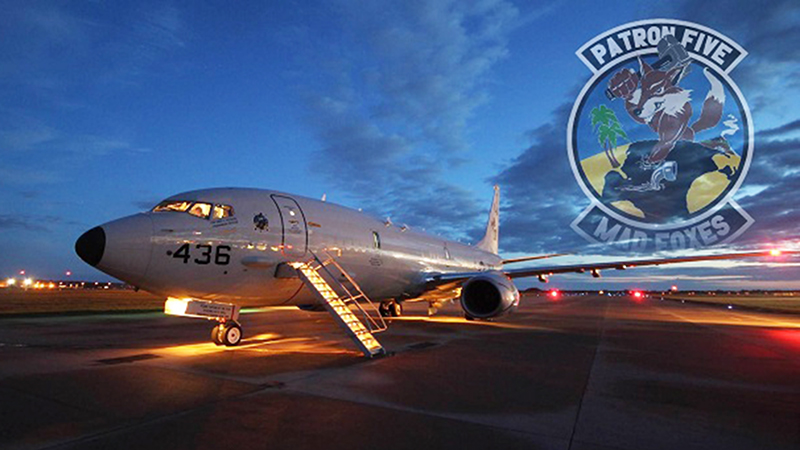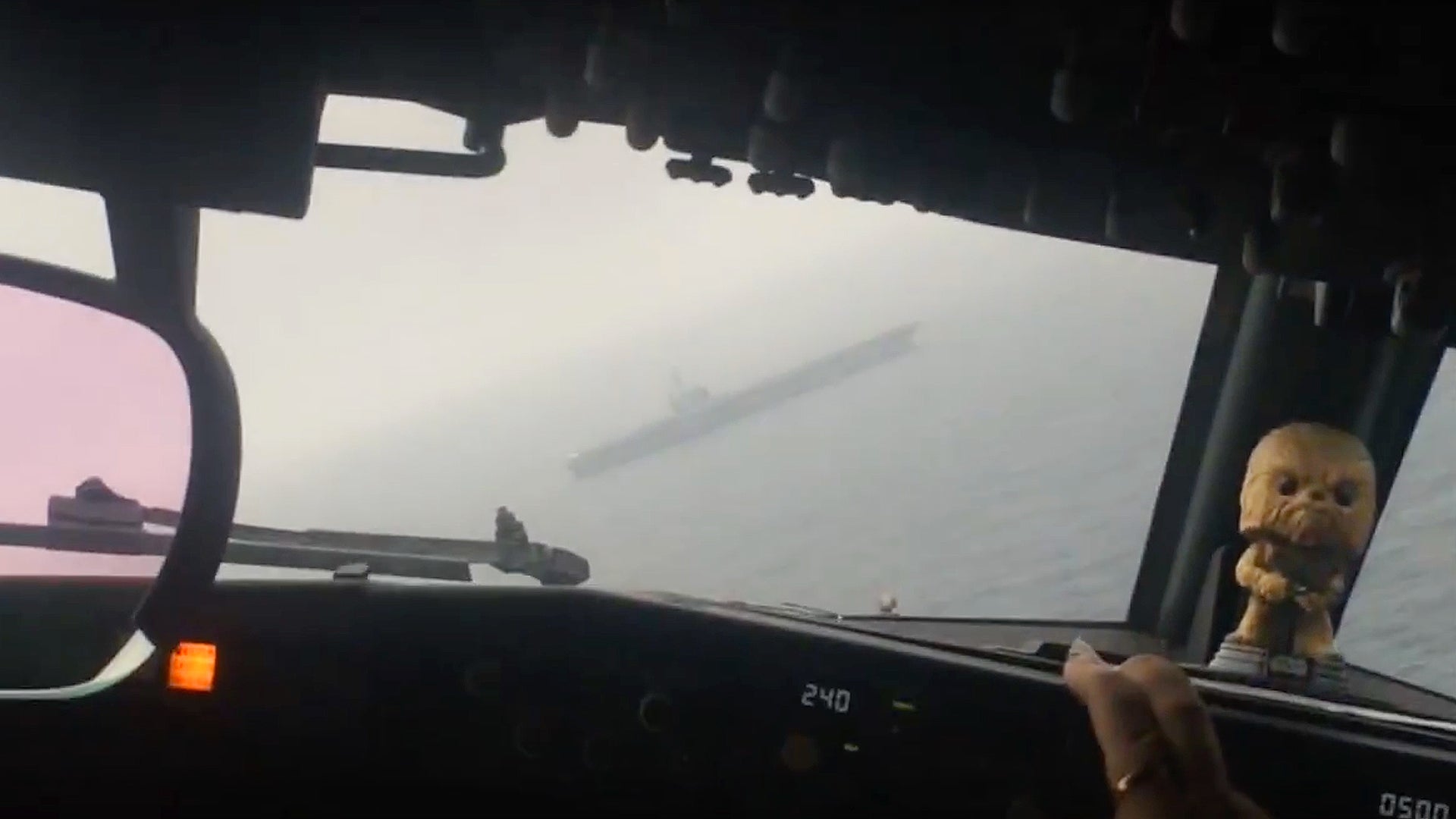The P-8 Poseidon is not only a big success within the US Navy, but it is also becoming a serious export success. In spite of increasing foreign competition, Boeing has secured orders from India, Australia, the UK and now Norway has ordered the jet. This is pretty remarkable considering these aircraft are definitely on the high-end of maritime patrol aircraft spectrum price-wise, but the customer gets a lot of bang for their buck.
Sure the P-8 is a very capable maritime patrol aircraft, used for sea control, surface surveillance, search and rescue, anti-submarine and anti-ship warfare, but it can also provide electronic intelligence and communications intelligence gathering capabilities. Additionally, seeing how the Poseidon can carry large to small weapons on its wing hardpoints and in its weapons bay, it could also be adapted for other kinetic roles, such as a cruise missile carrier or even as an overland surveillance and precision strike asset.
Other more shadowy high-end capabilities are also developed or in development for the jet. These includes being able to carry the super-capable, canoe-like Littoral Surveillance Radar System and an exotic communications node pod like the one seen here to name a couple.
Because of the P-8’s open-architecture computer system design and user interfaces, new capabilities can easily be added to the type in the decades to come. For countries who either have a lot of water to keep an eye on, or have deep pockets, the Navy’s MQ-4C Triton version of the Q-4 Global Hawk was built to work as a team with P-8. This dynamic duo drastically increasing the reach and fidelity of a military’s maritime surveillance capabilities, and does so in a highly persistent nature.

Even with all this development and export success, the P-8 is still very much a new frontier for squadrons who fly it, and VP-5, the Mad Foxes, have pioneered a lot of that frontier. In 2014 they were the first unit to take the P-8 to the vastness of the increasingly volatile eastern Pacific and Southeast Asia regions. There they did everything from challenge China’s claimed territory in the South China Sea to searching for MH370. They even found a bunch of castaways on a deserted island. The deployment was a massive success to say the least.
Last year the Mad Foxes were tasked with blazing yet another trail for the burgeoning Poseidon community—taking the P-8 to Middle East, including the traffic packed and tense waters of the Persian Gulf.
Putting the P-8 to test in some of the most complex littoral waters on the planet was just another growth milestone for aircraft and its crews. And just like VP-5 did for the type’s inaugural tour to Asia, they made an awesome video to commemorate the Poseidon’s first time in “the sand box.”

With any luck we will have one of the Mad Foxes join us for an in-depth interview all about what the P-8 can do and how its crews, many of which came from the venerable P-3C Orion, are taking to their new mount. Last time we talked with an experienced maritime patrol pilot who had flown both types, it was clear that there was some disagreement as to how the aircraft would be used—as a traditional maritime patrol aircraft as it was intended or as a much more versatile “sensor and weapons truck” that can take on additional non-traditional roles. It will be interesting to find out where this debate sits after a couple years of P-8 operations abroad.
Contact the author: Tyler@thedrive.com
